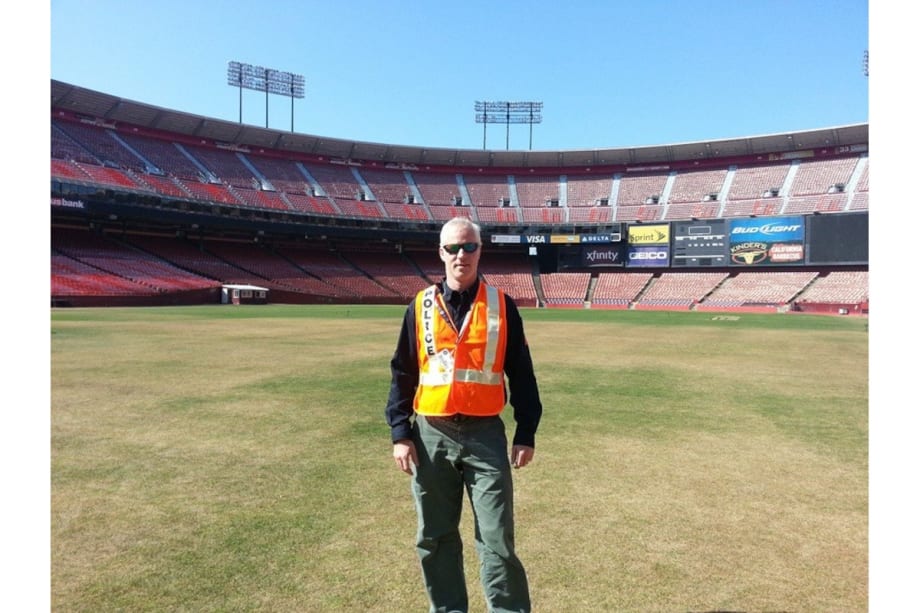Multi-disciplinary, multi-jurisdictional response to mass-casualty events is complicated even when everyone racing to the scene is on the same page (and the same radio frequencies). Such a response is made massively more difficult when the various responders—police, fire, EMS, public works, and emergent citizen volunteers are NOT on the same page or the same frequencies.
There are—contrary to common belief among the public and the press and the politicians—substantial successes in multi-disciplinary, multi-jurisdictional response to terrible events.













